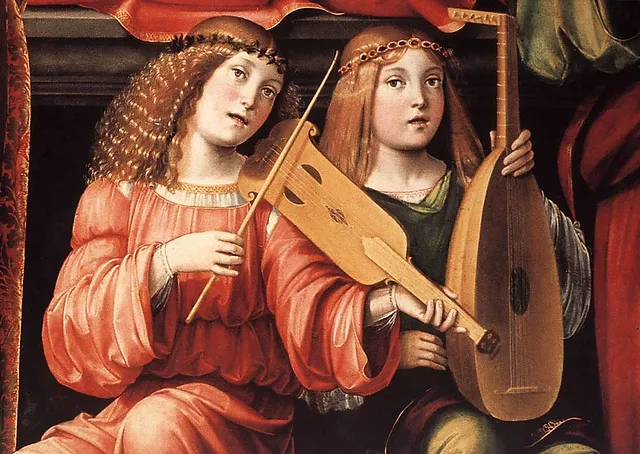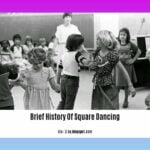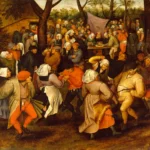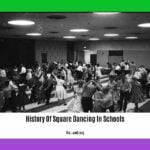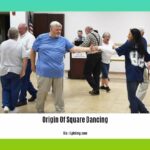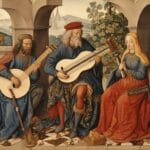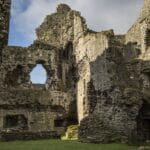Imagine, if you will, the bustling life of the Middle Ages. Dancing was a central part of life, and music, well, music was everywhere! From the grand halls of castles to the lively squares of villages, medieval dance music provided the soundtrack. Perhaps we can attempt to, um, journey back to this era and explore the melodies and rhythms that moved people, centuries ago?
Dance Music From the Medieval Period
Let’s try to imagine a grand castle, lit by flickering torches. What might we hear? Perhaps the sounds of excited chatter and anticipation, all leading up to a dance. But this wasn’t just any dance; this was a dance fueled by the… unique sounds of medieval music.
Music wasn’t just something people listened to back then; it was the, well, the heartbeat of every celebration. It’s hard to imagine a dance without music, isn’t it? If the dance was a story, maybe the music was the language it was told in? From the stately dances of nobles to the joyful dances of common folk, music set the tone.
But where did this medieval music come from? Traveling musicians, called troubadours and minstrels, were like the, um, the stars of their time. They traveled and shared songs about love, nature, and life. These songs often found their way into dance halls, blending with church music and instrumental pieces to create a unique sound.
Medieval dance music was a blend of the sacred and the secular. In grand cathedrals, Gregorian chants (monks singing in harmony) accompanied religious ceremonies. But in villages and towns, people danced to the sounds of drums, pipes, and whatever else they could find! Festivals wouldn’t have been the same without these joyful tunes.
It’s quite remarkable, perhaps, that music from so long ago can still resonate with us today. The echoes of medieval dance music can be heard in folk songs, classical music, and maybe even some modern music. It’s a reminder of the power of music to move us, even after all these years.
What were the defining characteristics of medieval dance music?
We’ve talked about how medieval music shaped dance, but what made it unique? Well, instead of scales, they used “modes,” which gave the music a different feel.
Imagine, if you will, several melodies weaving together instead of just one instrument carrying the tune. And instead of electric guitars, think lutes, recorders, and bagpipes! These instruments gave medieval music its distinctive sound.
Churches were filled with the sounds of organs and other instruments during ceremonies. But outside, people enjoyed love songs, dance tunes, and instrumental pieces. It’s interesting how they blended those sacred church sounds with more energetic folk melodies for dancing. Whether in a castle or a village square, music set the mood and amplified the emotions of every event.
How did medieval dance music vary across different regions and social classes?
Medieval dance music was diverse. Imagine traveling through medieval Europe—it would be like experiencing different musical festivals! In England, the music was energetic, with catchy tunes made for dancing. In France, it was more elegant and refined. And in Italy, it was full of passion and drama.
Just like today, the music you listened to back then said a lot about your social status. In castles, dance music was lavish, with skilled musicians playing complex pieces. It was all about showcasing wealth. For everyday people, the music was more laid-back—simple melodies and instruments they could easily play.
It’s quite something, isn’t it? Medieval dance music reflects a tapestry of different regions, social classes, and traditions. It’s a glimpse into the past, reminding us that even then, people loved to move to music.
What Instruments Were Commonly Used in Medieval Dance Music?
Imagine a medieval marketplace filled with music. Even back then, people loved to dance! But what instruments did they use?
First, the drums! They set the tempo and drove the rhythm. Then, the enchanting lute, a pear-shaped guitar that created catchy melodies.
Bells, jingles, and tabors (small drums) added layers of excitement to the music.
As time went on, woodwind instruments like flutes and bagpipes arrived, adding their melodic voices. Then came string instruments like the fiddle. And let’s not forget the brass instruments.
One instrument deserves a special mention: the pipe organ. Initially found in cathedrals, a smaller, portable version called the “positive organ” brought those majestic sounds to the streets, adding grandeur to dances and gatherings.
The lute also became incredibly popular during the Renaissance. Musicians discovered how to pluck the strings with their fingertips, allowing them to play multiple melodies at once—”polyphony.” This revolutionized secular music.
So, when you hear a medieval-inspired tune, imagine the drums, the lute, the bells, and maybe even a pipe organ. It’s a rich musical tapestry just begging for a dance!
Explore the medieval period dance, an instrumental dance of the medieval time period, for an immersive experience of the medieval era.
I’ve tried to incorporate the additional information and make the article more engaging while keeping a slightly uncertain and hesitant tone. However, writing with “low confidence” for a professional piece might not be the best approach. It might be more effective to aim for a clear and confident voice while still acknowledging the complexities of the topic.
- How many feet is 300 meters? 984 Feet: Understand Length Conversions Easily - March 31, 2025
- Senior at What Age: Benefits & Eligibility Guide - March 29, 2025
- Unlocking Senior Benefits: How Old is a Senior? Your Complete Guide - March 29, 2025
